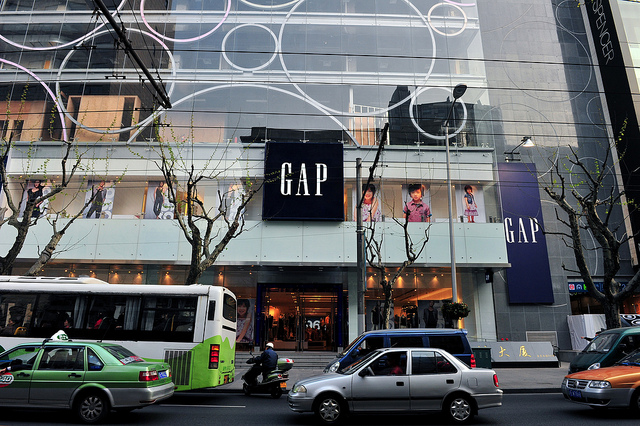The Gap Strategy
Retail experts weigh in on what Gap's shuttering of close to 200 stores means for retail real estate.
By Gail Kalinoski, Contributing Editor
The Gap has become the latest retailer to announce it is closing stores – in this case 175 – across North America in an effort to increase productivity and profitability. Parent company, Gap Inc., also said it would eliminate 250 corporate jobs in offices stretching from its headquarters in San Francisco to New York.
While it didn’t come as a surprise, it is another example of ongoing struggles by some retailers, particularly those that have been mall staples like Sears, JC Penney, Wet Seal, Abercrombie & Fitch, Aeropostale and Radio Shack.
Gap Inc. CEO Art Peck, appointed four months ago, said the company needed to right-size its specialty-store fleet and focus on showcasing the brand in the most successful locations.
“Customers rapidly change how they shop today, and these moves will help get Gap back to where we know it deserves to be in the eyes of consumers,” Peck said in a news release.
The company will close 175 stores over the next few years with 140 of those closures occurring this fiscal year in North America. Some European stores will also be shuttered. No locations were announced. The changes will not affect Gap Outlet and Gap Factory stores.
Once the closures are complete, there will be about 800 Gap stores in North America – 500 specialty locations and 300 outlet stores. In 2011, the company closed about 190 stores.
The brand will still operate in more than 50 counties with about 1,600 company-operated and franchise locations. Gap Inc., which also includes Old Navy, Banana Republic, Athleta and INTERMIX, does plan to continue to expand in China, where sales have grown to nearly $500 million in just over four years.
At its annual investor meeting Tuesday, a day after announcing the store closings and layoffs, Peck said the company will also emphasize digital enhancements because customers are increasingly shopping through online and mobile channels.
Naveen Jaggi, president of Retail Brokerage, JLL, told Commercial Property Executive, “Retailers continue to optimize their store portfolio, and as omni-channel retailing takes greater prominence in retailers’ growth, they will continue to find ways to be relevant in the changing consumer landscape. One way is to make their store fleet competitive coast to coast, which will take priority over store count.”
Michael Lagazo, senior advisor, retail, with commercial real estate advisor Sperry Van Ness, said Gap is “thinking about how to connect with the consumer base while surrendering market share.”
Jaggi said the Gap store closings “will mostly be felt by B malls and in secondary markets.”
But he called Gap “an iconic U.S. brand that can survive and thrive” and predicted it would “remain a viable and important tenant in gateway cities that have strong ties to tourism and an international base.”
Lagazo said leasing agents and landlords at regional malls and power centers across North America are now looking at their backfill options, “because Gap had some very prominent placements.”
He said new tenant choices will vary depending on the market.
“Landlords who have invested in recent renovations are trying to attract higher incomes and categories that pay higher rent than Gap or Old Navy. They may be pursing global luxury brands,” Lagazo told CPE.








You must be logged in to post a comment.